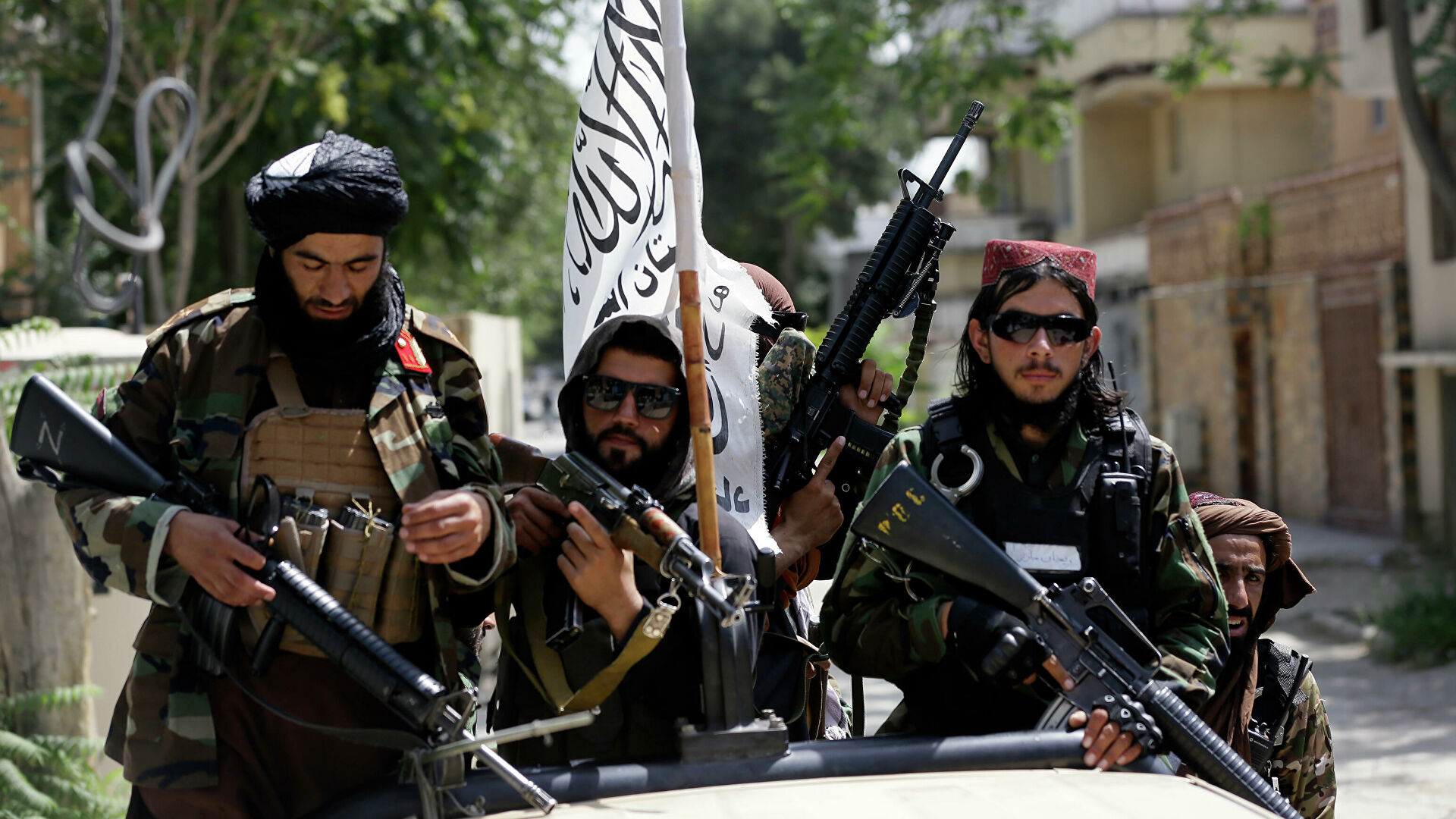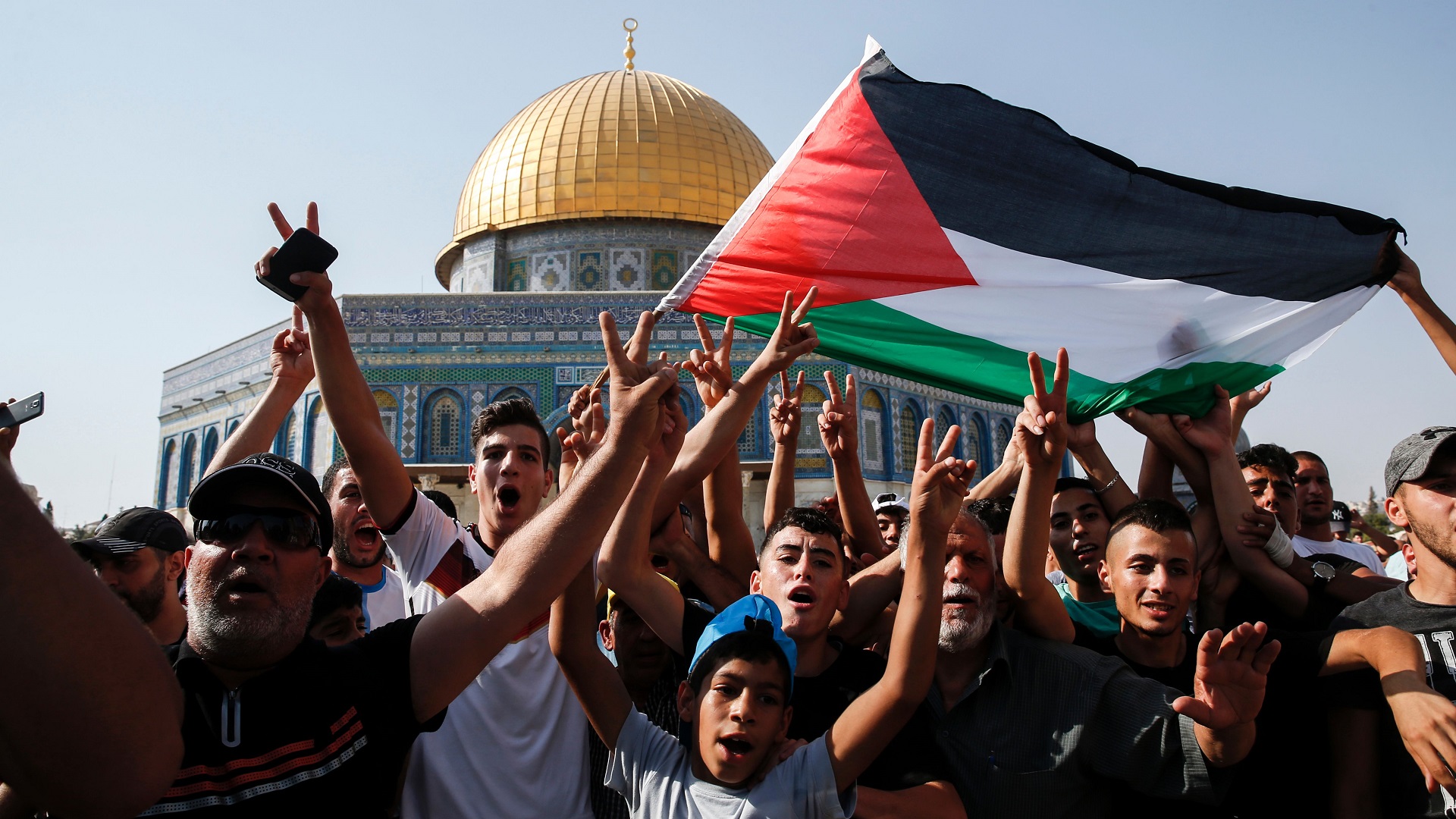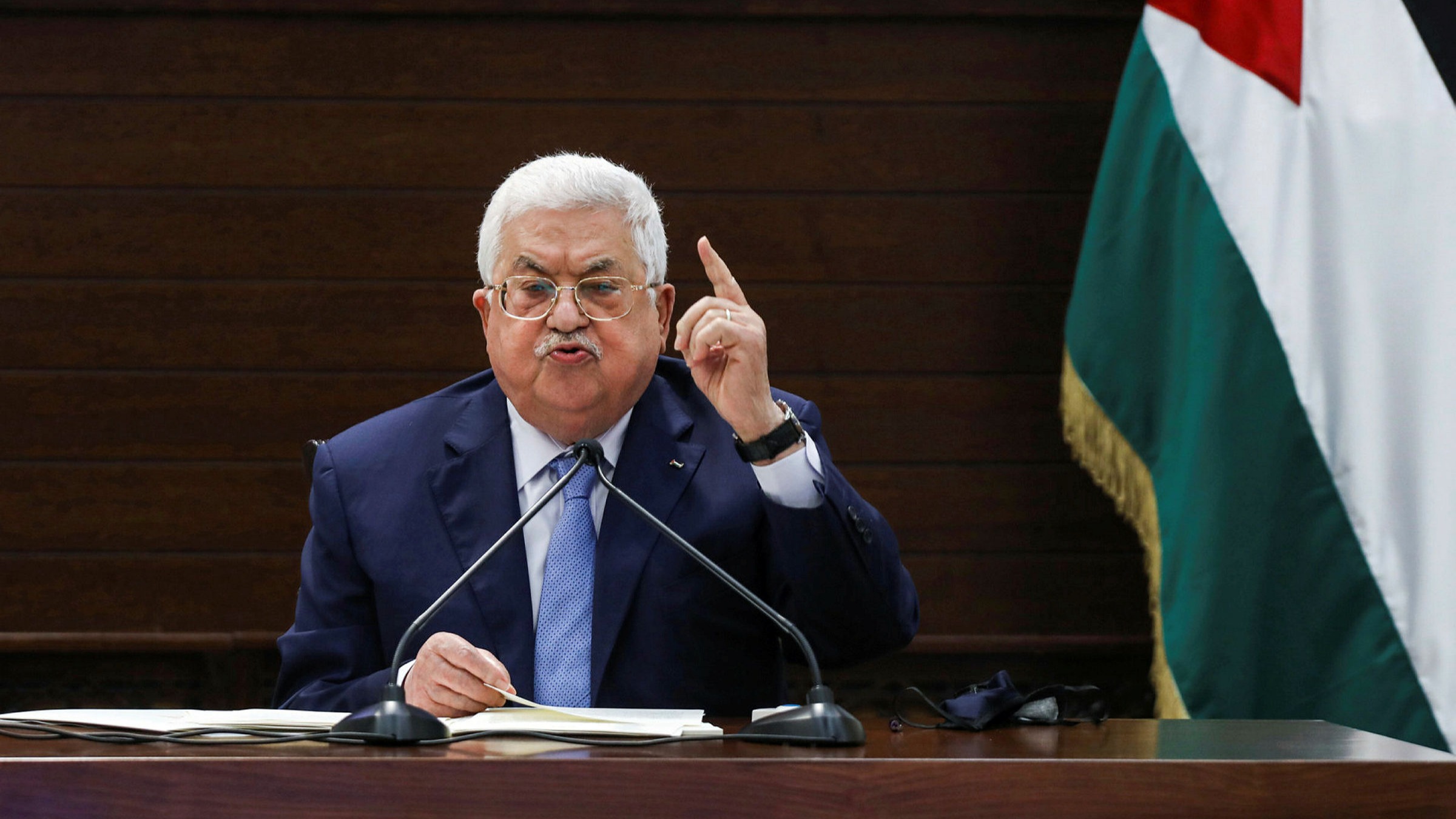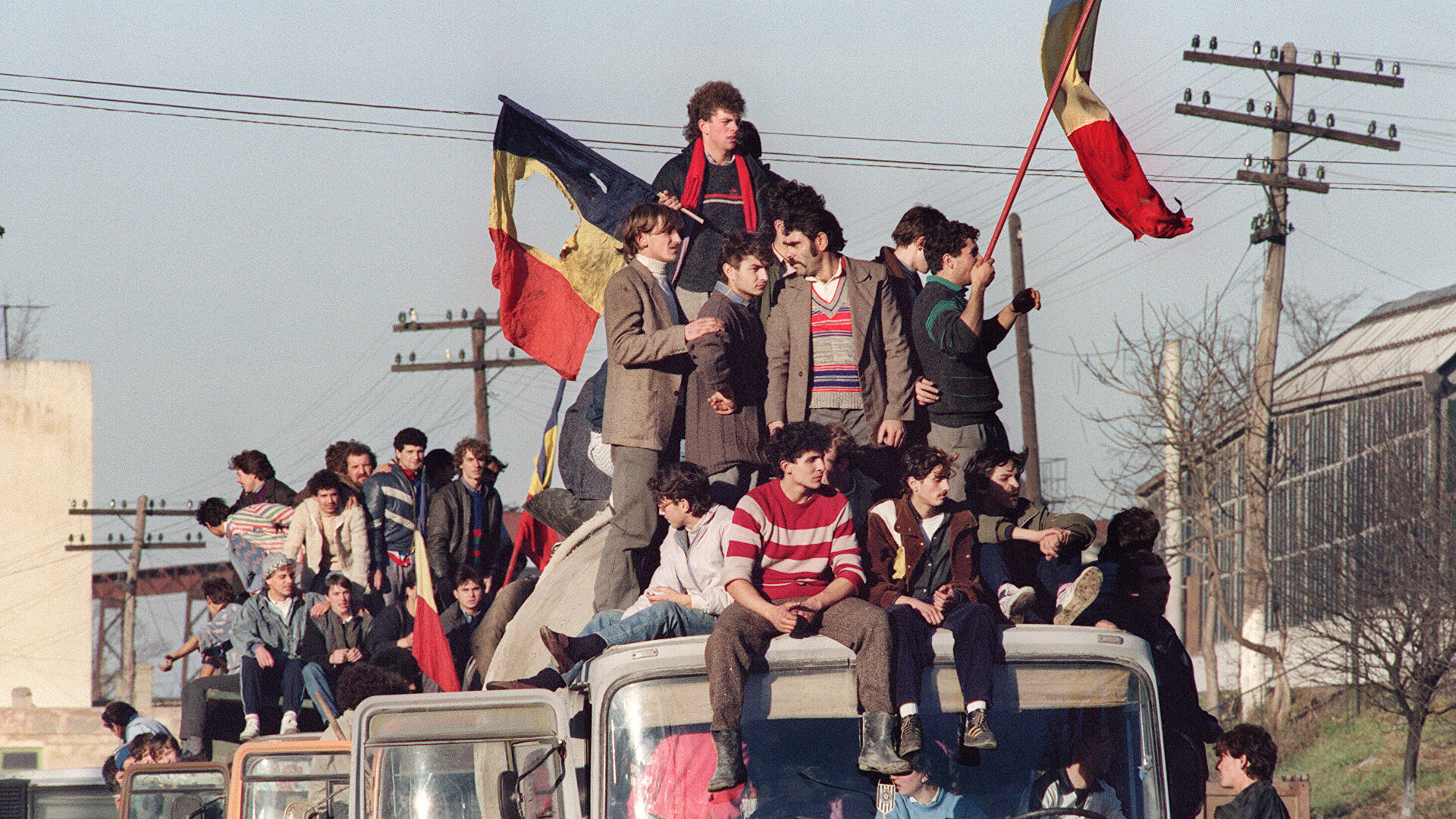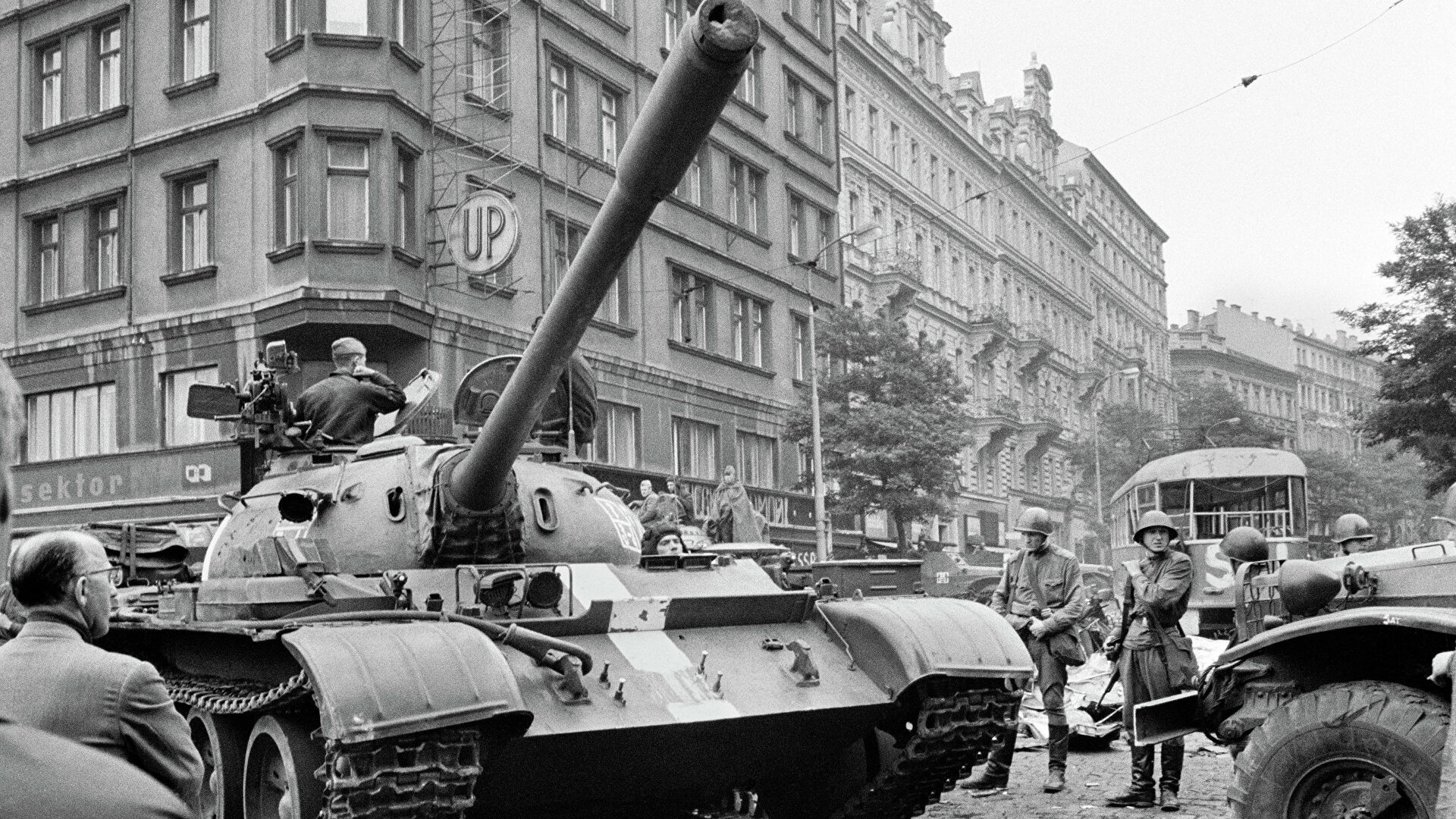Summary
Although the comprehension and analysis of the subject seem quite complicated according to the perspectives, the basis of the dominant understandings; is based on freedom and terrorism. Along with these perspectives, examining suicide attacks as they are purely political will bring a stereotypical approach to the subject. These attacks; The political, religious, sociological, economic, psychological, and literary reasons bring to light, as well as questioning the legitimacy of the action taken, it is also important in terms of understanding how much the term ‘truth’ has evolved in the axis of individuals and society. In this context, after filtering the Palestinian suicide attacks through a historical filter, one of the other steps of the subject, body politics will be focused on. Then, the ‘freedom’ and ‘terrorism’ dimensions of the attacks will be discussed.
Keywords: Suicide Attacks, Body Politics, Freedom, Terror
Abstract
Suicide attacks, which have an international character today, are not a new indicator of violence as it is known. Suicidal acts of an ancient origin from Hasan Sabbah‘s bouncers to Japanese conventional flight dives called ‘Kamikaze’. The desire of terrorist organizations such as Al-Qaeda, Tamil Elam Liberation Tigers, and Hezbollah to gain political power by targeting civilians and military points causes the attacks to gain strategic importance by these groups. Unlike individual suicides, the type of attack carried out for ideological, ‘religious’ purposes and resulting in the death of other target points besides itself is considered to be one of the universal crimes, although it is considered a violation of the right to life. Aircraft attacks, an explosion of bomb-laden vehicles, self-destruction of civilians in areas with the highest concentration of suicide, and the mentality of acting with maximum damage were described as a great danger in the last quarter of the 20th century, and the attacks have undergone a transformation targeting civilians rather than military points. On the other hand, these organizations, which are quite weak contrary to the power of the states, try to provide the legitimacy of their actions with the mentality of fighting against oppression and injustice, the principle of independence. For the most critical point in the matter to be handled in Palestine specification is the “The discourse of oppression is a demand for power” (Açıkel, 1996) This concept, which is quite common in the independence struggles of the colonies, in socialist and nationalism theories, is a widely used reference in Islam, Christianity, and Judaism. As an example of this situation, as Chehab stated, “Israel’s effort to ghettoize the Palestinians served the radicalization of the population. The desire to take revenge, and consequently the cycle of blood and death, created the ideal conditions and fertile ground for Hamas to find new members..” (Chehab, 2007: 124) On the other hand, families bringing up their children with the aim of making their children suicide bombers and trying to eliminate injustice by taking revenge, Fisk says: “Regarding the radical Islamists, they do not know the Quran well, but there is a strong anger and despair in them that will mobilize them.” (Fisk, 2001:32) In summary, the suicide attacks will be handled from two perspectives; It will be essential to describe the historical process in order to understand where, how, and why.
Palestinian Organizations And Suicide Attacks From Past To Present
Lack of competent independence in the full sense of the word, economically, politically, and socially, suicide attacks that a Palestinian dependent on foreign aid could not prevent due to the great influence of social factors, From the divisions within Palestinian organizations to the repression-fueled anger of the youth, the prevailing dynamics play a role in paralyzing classical mechanisms of social control. (Bozarslan, 2010a: 280) Support for these attacks can be split into before and after Camp David talks. Support, which was only 20% at the beginning of autonomy (1993 and 1994), rose to 52% before the Camp David failure (2000) and finally to 86% in 2001 (Heacock, 2005: 55-57). The perception that the ruling resistance organization PLO – Palestine Liberation Organization – has been suppressed by Israel and the international community and continues its existence as a non-resilient collaborator shows that in the Second Altitude, al-Fatih militants are also included in the opposition. As an actor of violence against Israeli power, the Palestinian Authority will not be able to offer any alternative but to restart the process of national resistance. In this context, it will allow “al-Aqsa Martyrs’ Brigade to organize around Mervan Berguti, Naif ebu Şerah, Sirhan Sirhan and Zekeriya Zubeydi. The rapidly becoming autonomous union will sign 22% of suicide attacks.” (Bozarslan, 2010b: 281) One of the other actors is the Islamic Jihad Movement. It proceeds in parallel with “jihad until the doomsday.” (Kamrava, 2005: 231) and includes the poor part of the society. As a matter of fact, they remained in the background due to Hamas’ leadership. In addition, it would not be the right approach to define Hamas as an organization that only carries out suicide attacks. Because of the original form of the organization is traced back to the arrival of the Muslim Brotherhood in Palestine in the 1930s. Their attitude that does not like political actions has captured a marginal image within the structure of society. However, the formation that experienced multiple divisions evolved into another dimension with the establishment of Hamas by Sheikh Ahmed Yasin in 1987. The rejection of the Israeli presence it owns and the definition of Hamas as “a popular struggle movement that tries to save Palestine from the Mediterranean to Jordan completely” and emphasizes that “it is necessary to build an Islamic society for the national struggle” (Signoles, 2006). It carried out its first actions with the al-Qassam Brigades established by Hamas, thanks to the bomb attack against the bus in 1993. Not only the struggle with the enemy, but also the harm of the supposed opposition-traitor-faction from this organization, while causing an intra-Palestinian violence, it aimed to build its own order with its excesses. The results of the Second Altitude have profoundly affected both Palestinian and Israeli society. According to the data: More than 4,900 casualties (1,057 of them Israelis), dozens of extrajudicial killings, ‘point-target assassinations’ that led to the deaths of hundreds of civilians, demolition of houses, establishment of 500 checkpoints, building a wall (Bozarslan, 2010c, 284 ). While pushing the Palestinians into a big stalemate and desolation, it creates a “panoptic feeling” on the same axis (Romani, 2005: 259). It has increased the anger towards Israel and caused the independence perception to strengthen by enabling the violence discourses to reach today.
Evolution of Right and Body Politics
The visibility of right and wrong is an important point, thanks to the concept of “will to power” that forms Nietzsche’s philosophy. Although this desire is seen in all human tendencies, in Foucault’s words: “Truth is the set of rules that enable the separation of right and wrong from each other and that enable the power to be effective.” (Akt, Keskin, 1999: 18) Besides the philosophical dimension, the true discourse of religions is the absolute authority that classifies everything about life as of right or wrong and draws the boundary of actions. Because, according to Ghazali, “Religious order can only be realized with the world order. The world order is established by the imam who is obeyed.”(Akt., 2000: 129) In this way, the truth, which is a cause of order, has become concrete in the worldly issue. In the truth of radical Islam; Since it is shaped as a practice of adopting their own truths to all segments of society, the bodies of individuals are quite suitable for providing the truth. Ascribing the destruction of the individual as a result of winning for relative ‘realistic’ reasons, Radikal Islam defines this situation as a form of jihad against evil. Suicide actions in Palestine have become apparent with the constant suffering of Muslims, unresponsiveness to their political and economic demands, feeling incomplete and weak against the society/governments they perceive as enemies, and internal fatigue fed by unhappiness and despair into an outward-looking. The greatest validity of attacks; It is reflected both as protecting the nation and as a practice of Islam. This structure; while doing suicide attacks with the understanding of jihad, he has made the principle of jihad of Islam a part of body politics by including himself in the category of ‘mujahideen’ to the individual who destroys himself.
The critical point that should not be forgotten is that Radical Islam and suicide cases in Palestine make them open to interpretation for the legitimacy of their actions rather than adopting and applying the principles of Islam absolutely. Although there is a general opinion in Islam on stopping the actions of the oppressor, the consciousness that the individual should not oppress himself/herself is emphasized. Because, according to Islam; individuals’ bodies are not a property of their own, but an accountable trust. This is why; “Trust cannot be betrayed.” The motto is primarily for the body and environment of the individual. On the other hand, Jihad is one of the most important issues in Islam. However, it should not be overlooked the diversity of against whom and against what to jihad. “Jihad in the way of Allah”, being the party of the oppressed against the oppressor, giving the name of ‘martyr’ who lost his life while jihad in the way of Allah and rewarding the ‘martyr’ with paradise have become an important source in the struggle of Islamic literature. The fact that individuals who carried out suicide attacks describe themselves as a martyr is due to this situation. However, the word root of this status given comes from the word ‘witness’. The individual who witnessed the facts has witnessed in God. However, the use of this argument in suicide attacks leads to more than one paradox. For, in Islam is prohibited in the effort of a Muslim person to destroy the soul and soul bestowed by Allah. But in this direction, suicide attacks are essential; It means committing cruelty and disregarding people’s lives in order to gain political power, rather than committing jihad by harming oneself and other people. To sum up, it is obvious that organizations and members who aim to strengthen the grounds of suicide attacks with the understanding of jihad explain the truth through reinterpretation in their minds.
Suicide Attacks in The Context of Freedom and Terrorism
The perception of the concept of freedom is a state of ‘no boundary’, including restrictive elements. The capacity to act freely and away from pressure factors is seen as one of the greatest desires of the individual. In other words: “Freedom can be defined as a will to exist or an elixir of life.” (Açıkgöz, 2008: 95) For this reason, the basic existence of the individual and society has become dependent on it. Therefore, the individual whose independence is destroyed legitimizes the suicide attack by stating that he has no other reason to live and that this is a dishonorable attitude. For this reason, it is essential to examine this issue in the context of freedom. As Cronin (2003: 6) States, anger against injustice, revenge, and punishment are important sources of motivation in suicide attacks. Another consequence of the contradictions is that suicide attacks are a violation of human rights in the context of the efforts of societies whose liberty has been deprived and oppressed to obtain their own rights. The supporting arguments of this idea are also on the same axis. The effort of individuals who were subjected to pressure to gain freedom with a similar pressure mechanism served a strategic purpose in the following periods and brought the group identity to the fore. As time lapsed, this idea took shape and came out of the perception of freedom and became a tool representing the strength of the organization. Second, suicide attacks described with the term terror; It is an action to create a perception of fear, to feed and deter chaos. It should not be forgotten that the concepts of terrorism and terrorist have relative recognition. For example; While the European Union lists Hamas, one of the organizations that fight for the independence of Palestine, on the terrorist organization’s list, Turkey, one of the candidate countries, sees the same organization as a resistance organization fighting for freedom. Therefore, when it comes to terrorist acts, it is always necessary to ask “for whom” and “for whom” questions. (Açıkgöz, 2013: 311) It is an act of terrorism, seen as a result of the rebellion and as we can define it as an indicator of political violence. It is an action that serves the purpose of creating chaos in society rather than independence, allowing individuals exposed to it to leave psychological trauma at the highest level. According to this point of view; States should use force using legitimate self-defense rather than contacting organizations that commit suicide attacks. On the other hand, another perspective is the belief that the purpose of suicide attacks is to convey a message to society and to influence individuals with their behavior. Those who adopt this approach argue that terrorism is caused by hostile feelings towards a person, group, or state due to social and political problems. They attribute the rise of terrorism in recent years to the increased need for sending private messages, attracting public attention and communication. At the point of combating terrorism, they argue that it is not possible to produce solutions by using force, on the contrary, efforts should be made to investigate the causes correctly and find compromise solutions. (Candansayar, 2002: 377-378) Even though the essence of the issue is based on two ends, every action against the rule of law reflects an illegitimate situation. Leaving the fine line between righteousness and legitimacy does not alter the fact that although the reasons for these actions are considered to be consistent or inconsistent in themselves, they contain an element of violence at the end of the day.
Conclusion
Suicide attacks in certain geographies where intense conflicts, buffer zones, and temporary peace are possible and carried out with the instinct of self-assertion have the same meaning for Palestine. The excessive part of the violence and insolvency that has been going on for years leads to suicide attacks. The idea that peace will be built with the mentality of dying and killing has become one of the greatest means of pressure on individuals and society. The lack of other alternatives, the sense of revenge brought about by the feeling of helplessness in the individuals constitutes the main link of the acts of violence. These actions, also known as a collective action; It has affected all segments of society. According to the data: 38% of those who committed suicide attacks have gone to university or have a diploma. Most of them have been successful in individual projects. (Hassan, 2004) The most plausible interpretation to be made in the light of these data is that the individuals who committed suicide attacks are not both uneducated and have internationally accepted economic standards, but the factors in carrying out this action are due to dramatic losses and endless conflicts with Israel. As a result, while suicide attacks in Palestine contain the concept of terror, it is a form of action that is dualistic with the idea of consuming the body as a result of historical and sociological accumulation and memory.
Prepared by Nazlıcan Arslan for The FEAS Journal.
BIBLIOGRAPHY
AÇIKEL, F. (1996) “Kutsal Mazlumluğun Psikopatolojisi” Toplum ve Bilim.(70) 152-196.
AÇIKGÖZ, R. (2008) “Adalet ve Özgürlük Bağlamında Türkiye’de Demokrasi”, Köprü.
AÇIKGÖZ, R. (2013) “İntihar Saldırıları: Terör mü Özgürlük Arayışı mı? Suicide Attacks: Is it Terror or Search for Freedom?” Akademik İncelemeler Dergisi (Journal of Academic Inquiries) Cilt/Volume: 8, Sayı/Number: 2
BOZARSLAN, H. (2010) “ Ortadoğu: Bir Şiddet Tarihi – Osmanlı İmparatorluğu’nun Sonundan El- Kaide’ye, İletişim Yayınları,1515, Araştırma İnceleme Dizisi 252, İstanbul.
CANDANSAYAR, S. (2002) “Terörizm ve Psikiyatri”, Silinen Yüzler Karşısında Terör, (Der. Cemal Güzel), Ayraç Yayınevi, Ankara.
CHEBAB, Z.(2007) “Hamas”, Çev., Bilal Çölgeçen, İstanbul: İkarus Yayınları
CRONIN, Audrey K. (2003) “Terrorists and Suicide Attacks”
http://www.fas.org/irp/crs/RL32058.pdf
FISK, R.( 2001) “Canlı Bomba Aramızda, ‘Küreselleşme ve Terör II’, Terörizm, Saldırganlık ve Savaş, (der) Mehmet Ali Civelek, Ankara : İmge.
FOUCAULT, M. (2003) “İktidarın Gözü : Seçme Yazılar” 4. Çev., Işık Erdügen. İstanbul : Ayrıntı.
HASSAN, R. (2004) “Terrorists and Their Tools – Part I”, Yale University, https://yaleglobal.yale.edu/content/terrorists-and-their-tools-part-i
HEACOCK, R. ( 2005) “Saisir l’initiative, retrouver sa voix : l’Intifada d’al- Aqsa ou la revolte des marginalises”, Etudes Rurales,173-174, s: 55-57
KAMRAVA, M (2005), “The Modern Middle East: A political History since the First World War”, University of California, Berkeley.
SIGNOLES, A. ( 2006) “Le Hamas au pouvoir et epras?”, Milano, Toulouse.
ROMANİ, V. (2005) “Quelques reflexions a propos des processus coercitifs dans les territoires occupes”, Etudes Rurales, 173-174, s: 259-260



